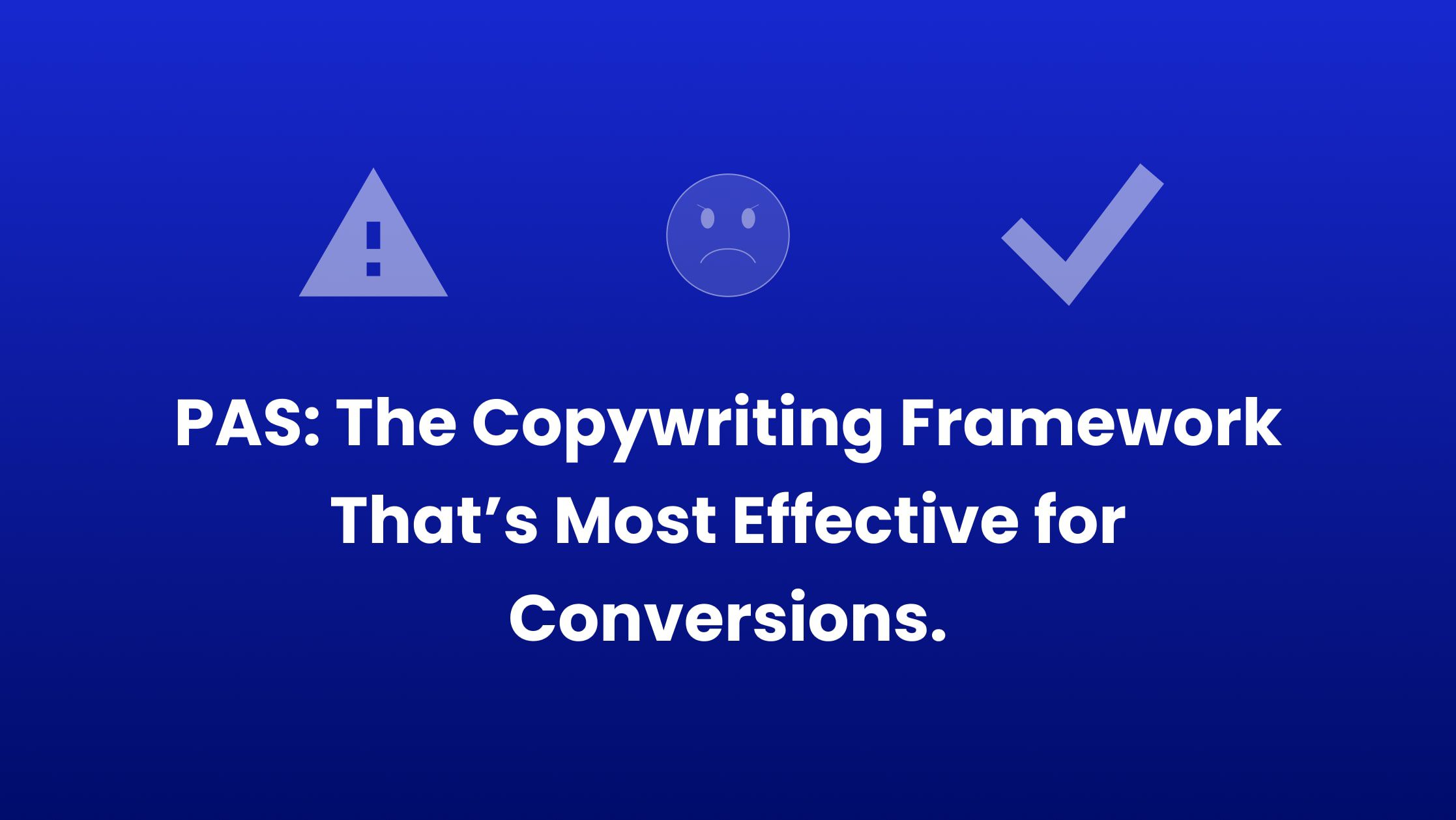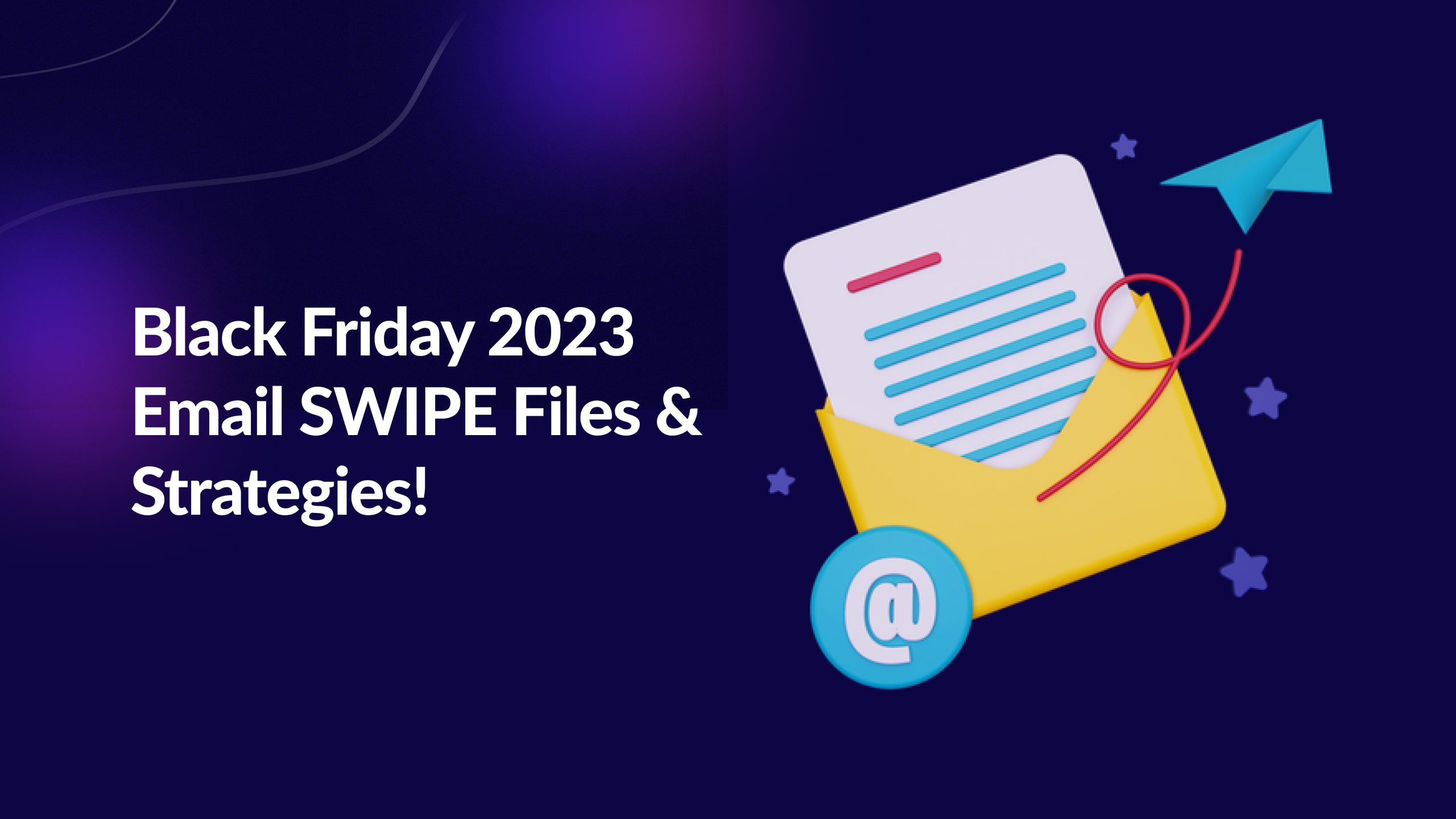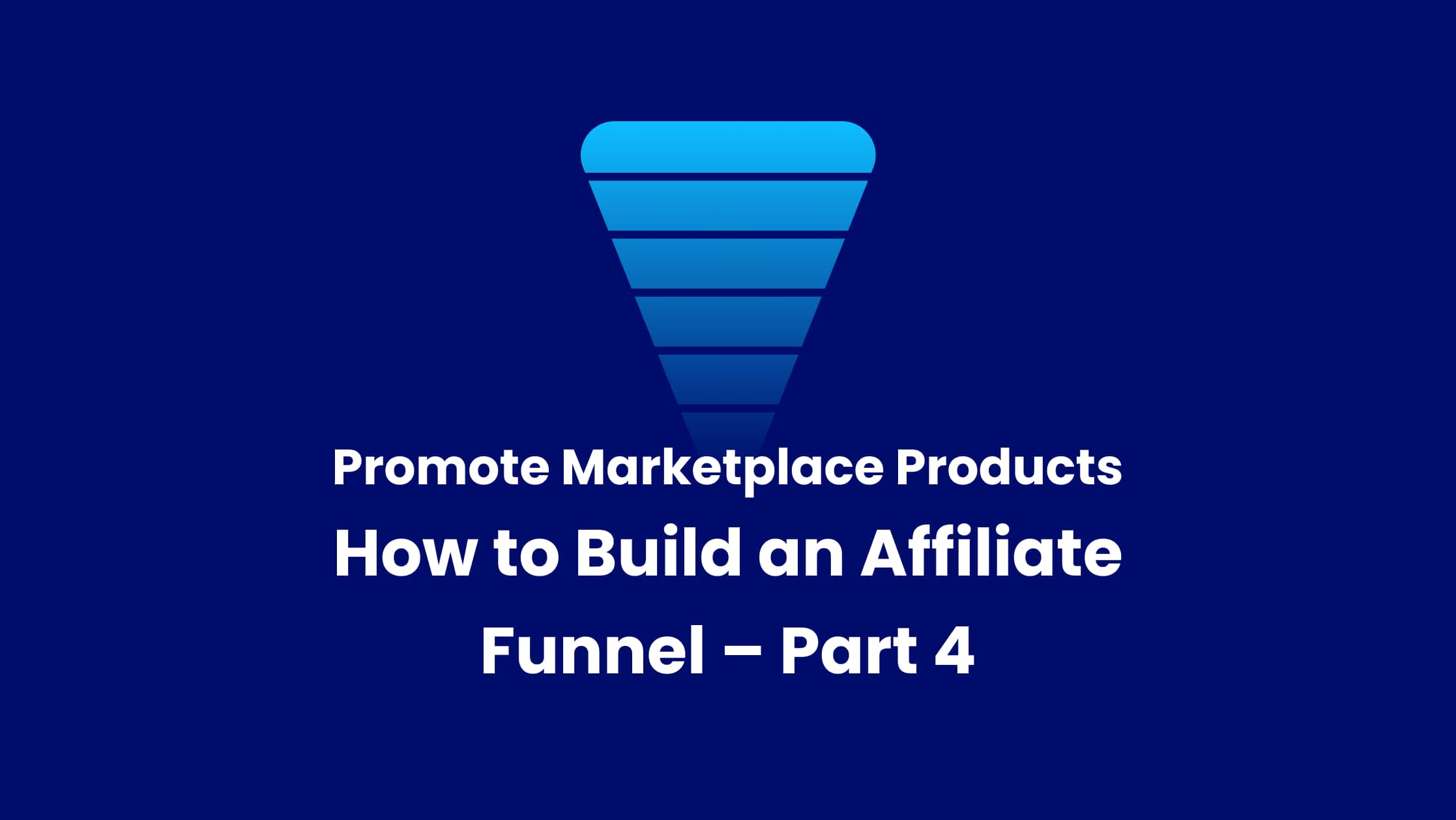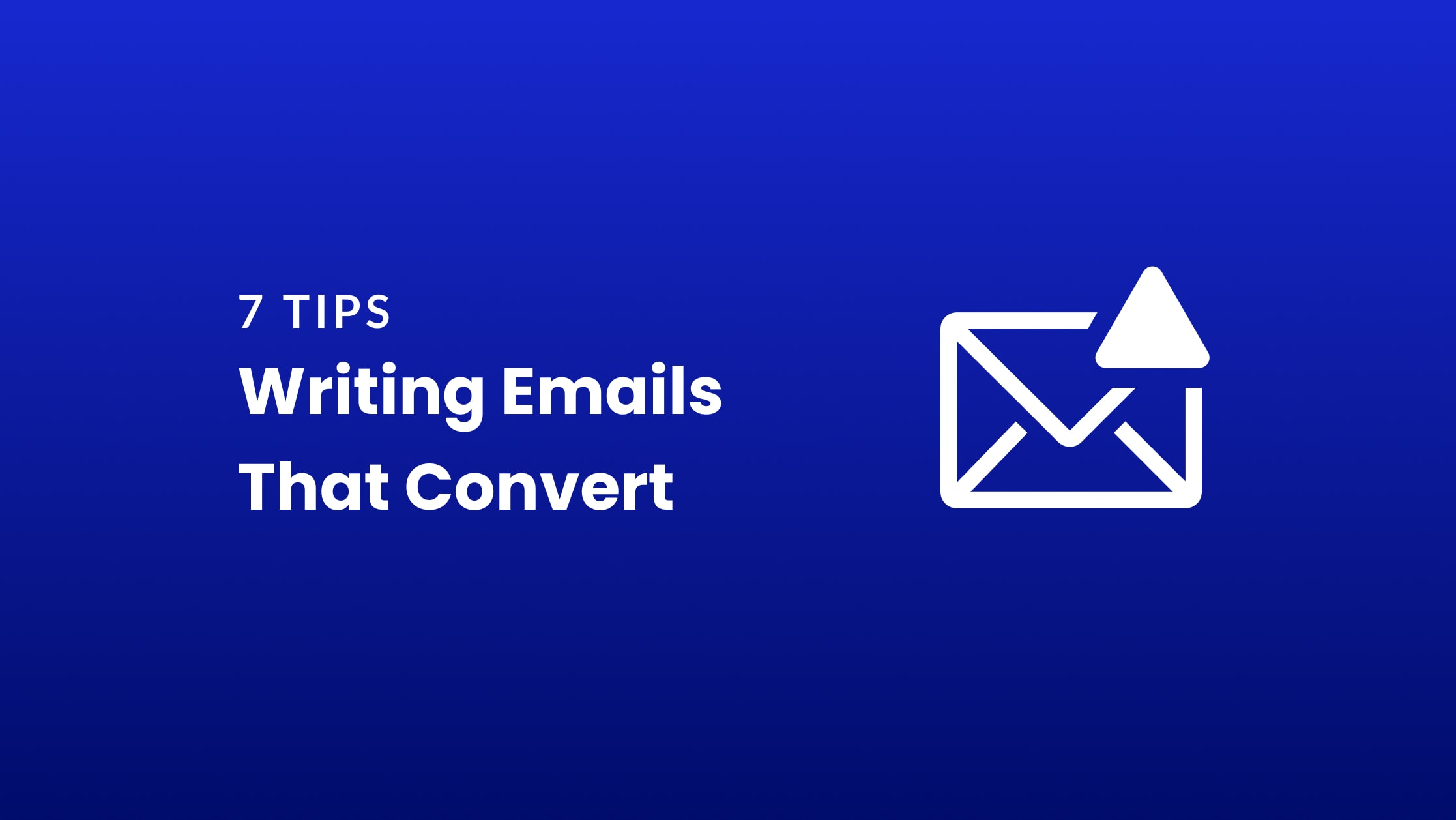The PAS framework is a tried and true copywriting framework that will help you write copy that engages your readers and gets them interested in what you have to say. In this post, I’ll outline the basics of PAS so you can start using it today.
As you read along, I’ll be talking about how to apply the PAS more specifically as an Elegant Themes affiliate. However, what you’ll learn as you read will help you write great, high-converting copy.
Before you start writing any copy, I highly recommend you get your customer avatar ready to look at, and most of what we’ll go through in this post could be used to make your customer avatar/persona a lot more specific.
What is the PAS framework?
PAS is a copywriting framework developed by Dr. Robert Bly and adopted by marketing legend Gary Halbert as the basis for his legendary mail campaigns.
PAS outlines how to write copy that’s designed not just to get someone’s attention but also develop trust between you and your readers. It’s an acronym for the actual steps you’ll be following when you write your copy:
- Problem
- Agitate
- Solution
How to use the PAS framework?
The first part of PAS, the problem, is about finding a shared issue you and your readers have in common. This ensures that readers trust you because you both care about a specific problem or challenge and will likely provide them with a good solution.
For example, an effective copywriter selling Divi might start with “Are you sick of creating landing pages that hurt your brand?” before moving on to outlining specific problems they want to address.
The second part of PAS framework, agitate, is about using your copy to make readers feel frustrated by their current situation and eager for a solution. This involves discussing potential consequences of not solving that problem as well as outlining how they can improve their lives once they do.
The third part of PAS, solution, is about providing specific actions that readers can take to solve their problems.
Why should you use PAS as an affiliate?
If your website isn’t bringing in as many customers as you’d like, it could be because your copy doesn’t generate enough interest or trust.
Without that, readers won’t even think about buying using your link. Using PAS is a way to transform your copy into something more engaging, which means customers are more likely to notice and trust what you have to say.
Step 1 – The Pain Stage
Finding customer pain points is essential to any effective PAS campaign. You need to know what your readers are struggling with so you can address those problems in your copy. There are a few ways to find out what your readers are struggling with.
Using your Audience
If you have an audience already, then the first way to find out is to survey your audience directly.
Ask them what their biggest challenges are and how they’ve tried to solve them. This information will help you focus on the right pain points in your copy.
The second way to find pain points is to look at your Google Analytics data. This data can tell you what keywords people are using to find your site as well as what pages they’re visiting once they get there. This information can help you identify the biggest challenges your readers are facing and how best to address them.
The third way to find pain points is to look at your competition. See what problems they’re solving and how they’re doing it. This information can help you differentiate yourself from the competition and show readers that you’re the best solution for their problem.
Researching Online
If you don’t already have an audience, YouTube can be a great place to research audience pain points. By looking at the comments on popular videos, you can get a sense of what people are struggling with.
You can also look at the related videos that pop up when you watch a video. These related videos can give you an even better sense of what people are struggling with and how to address those problems in your own content.
Alternatively, Quora can be a great place to research audience pain points. By looking at the questions people are asking, you can get a sense of what they’re struggling with.
You can also look at the answers that other people have given. This can help you see what solutions people are recommending and how you can do it better.
Finally, you can look at the topics that people are following. This can help you get a sense of what people are interested in and how you can use that information to create content that engages your readers.
Once you find a few pain points, pick the biggest problem for your specific avatar that Divi can solve. This will be your headline for your landing page, email, or ad.
Step 2 – Agitate Your Readers
Copywriting is all about getting your readers interested in what you have to say. You do this by agitating them with your copy. The agitation stage is also one of the key components to making the PAS framework work for you.
Use emotive language to paint a clear picture of the disappointments, hassles, and regrets this problem brings.
To come up with great agitation copy, there are 4 questions you could ask to help you get started:
- How did the problem they’re facing manifest most recently to your readers?
- Why the problem exists for them in the first place?
- What are the biggest misconceptions about the problem?
- What is the problem costing them?
Let’s take those questions one by one and answer them.
How the problem manifested most recently
Talking about a problem that happened years ago will not help your audience feel the pain it’s causing them. That’s why you should try to figure out how did the problem manifest most recently to your readers in their:
- Life
- Work / Business
- Bank Account
- Website
- Other
For example, when COVID-19 started, small businesses had to shift their entire selling to the internet, and as a result, they needed to build a website that helps them convert people into customers.
Why the problem exists for them in the first place?
When asking this question, you should position yourself as the person you’re talking to. If you’re talking to a web design freelancer, their reason for their pain might be completely different from an agency owner’s pain and so will a small business owner, entrepreneur, or a blogger.
Try to think of specific reasons that make their problem happen. Researching your persona’s business model will help you.
What are the biggest misconceptions about the problem?
Knowing the biggest misconceptions about your persona’s problem will help you tackle their objection before they even say them.
For example, when I was getting started with conversion optimizations as a marketer, in most places I’d find people saying having a 5%-10% conversion rate is either the goal or the sweet spot and for some reason I just found it hard to believe that. I badly wanted someone to tell me that it’s doable.
If somebody had told me that it’s possible and showed me they did it, I’d have probably paid them whichever price they asked just to know how.
A good place to start finding misconceptions is to google “[your target audience/segment/market misconceptions” and build a list of possible misconceptions they might already have.
For example, if your audience is web design freelancers, your search could be “What are the misconceptions on being a web design freelancer”.
Alternatively, you can use Google suggestions to help you come up with good points. To use google for ideas, start typing your questions and let Google complete the sentence to see what people are usually searching.
Using Google suggestions in this case is usually works if your target audience is large enough.
What is the problem costing them?
When answering this question, you should try to think of things that having this problem would cost your persona. Cost doesn’t necessarily mean money. Yes you should think about the monetary value of their loss or costs, but as we all know, money isn’t everything and sometimes it can be our least loss when compared to loss of respect, happiness and sometimes time.
So try to think of reason having this problem would cost your avatar in:
- Money
- Time
- Respect
- Happiness
- and other ways that are unique to your persona.
Wrapping up the Agitation stage in the PAS framework
Describe how life isn’t what it should be. And what life will be like if this problem isn’t resolved. For example, you might agitate the stress of having to write custom javascript code to split-test button colors or headings. The hassle of writing custom CSS to design beautiful and professional-looking landing pages and the frustration of trying a dozen WordPress plugins and services to get the conversion rates they want.
I’m not saying you should exaggerate things or talk about worst-case scenarios. That’s something that turns people away in most cases and hurts your credibility.
But the fact is people are already thinking about their problems. That’s why they’re reading your copy in the first place. You’re simply validating it. And poking it.
By the end of writing your agitation section, you should’ve identified their problem, empathized with the pain and led them to say “Yes, that’s exactly how I feel!”
At this point, they’re ready for the solution stage.
Step 3 – The Solution
Once you get to the solution stage, goal is to show them the painkiller you’ve been building up for. However, to truly connect in a deeper level with your audience, and build trust, and to be realistic with your copy there is a great process you can follow.
We’ll deliver the solution by answering the following 5 questions:
- If they’ve tried solving their problem, the mistakes they made along the way.
- If they have not tried solving it, how they expect to solve it?
- Why they haven’t solved it, and can’t solve it without your solution?
- How their life / work will improve when they start using your solution?
- What’s your solution?
Answering the first few questions will seem like you’re still agitating them but that’s the goal. In real life, thing don’t usually go from bad to good right away. There is always a gradual change. Also, answering these questions will help them feel like you really know them or at least you can connect with them which is extremely important for conversions.
For all of these questions, you should be researching your persona or target market and understanding them as well as the possible solutions they might’ve tried. This will help you position the solution you’re providing in way that shows it’s uniqueness and how it stands out from the crowd.
The PAS framework is a powerful tool that can be used to create high converting landing pages, sales pages, sales emails or even optin pages. By using this framework, you can identify and address the problem that your product or service is solving, and then highlight how you are the best solution to that problem.






